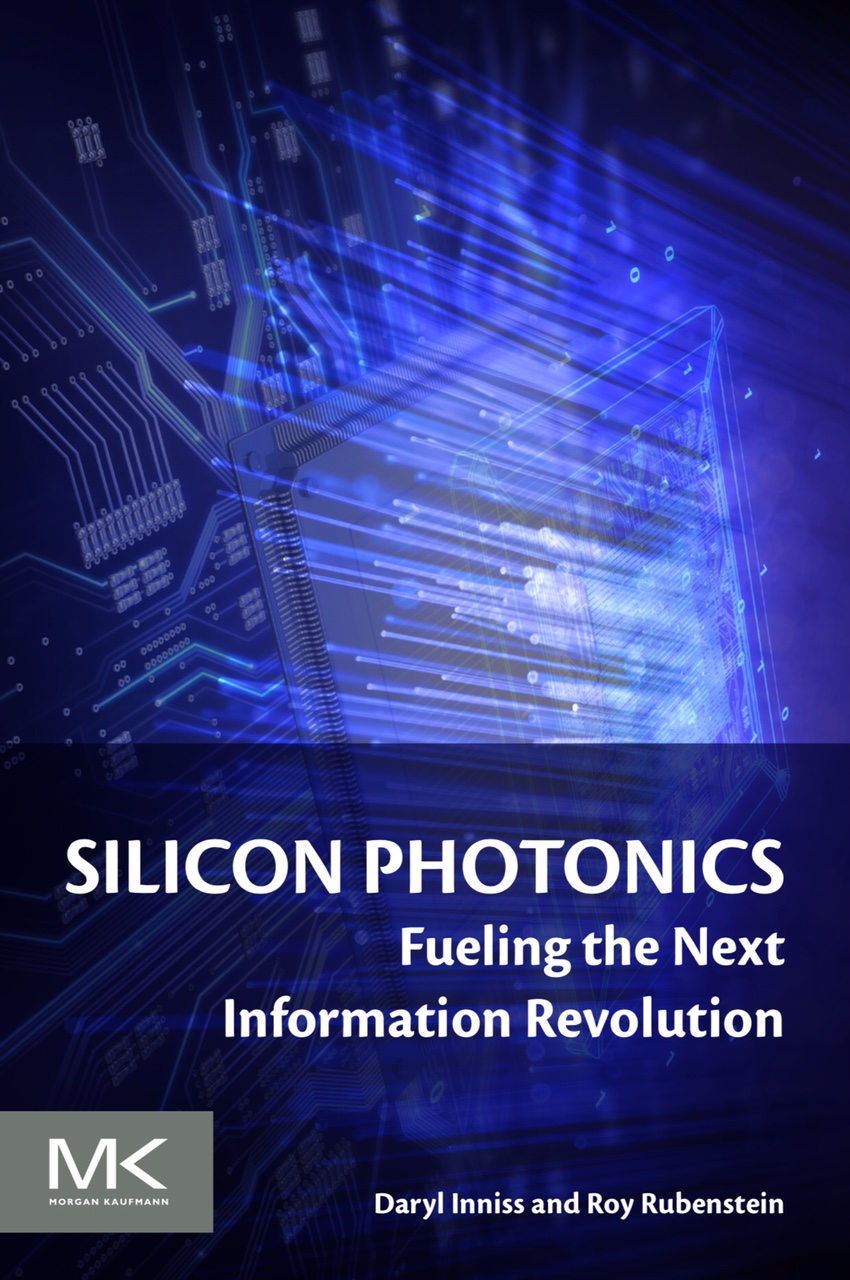II-VI’s VCSEL approach for co-packaged optics
 Friday, May 20, 2022 at 10:30AM
Friday, May 20, 2022 at 10:30AM Co-packaged optics was a central theme at this year’s OFC show, held in San Diego. But the solutions detailed were primarily using single-mode lasers and fibre.
 Vipul Bhatt
Vipul Bhatt
The firm II-VI is beating a co-packaged optics path using vertical-cavity surface-emitting lasers (VCSELs) and multi-mode fibre while also pursuing single-mode, silicon photonics-based co-packaged optics.
For multi-mode, VCSEL-based co-packaging, II-VI is working with IBM, a collaboration that started as part of a U.S. Advanced Research Projects Agency-Energy (ARPA-E) project to promote energy-saving technologies.
II-VI claims there are significant system benefits using VCSEL-based co-packaged optics. The benefits include lower power, cost and latency when compared with pluggable optics.
The two key design decisions that achieved power savings are the elimination of the retimer chip - also known as a direct-drive or linear interface - and the use of VCSELs.
The approach - what II-VI calls shortwave co-packaged optics - integrates the VCSELs, chip and optics in the same package.




